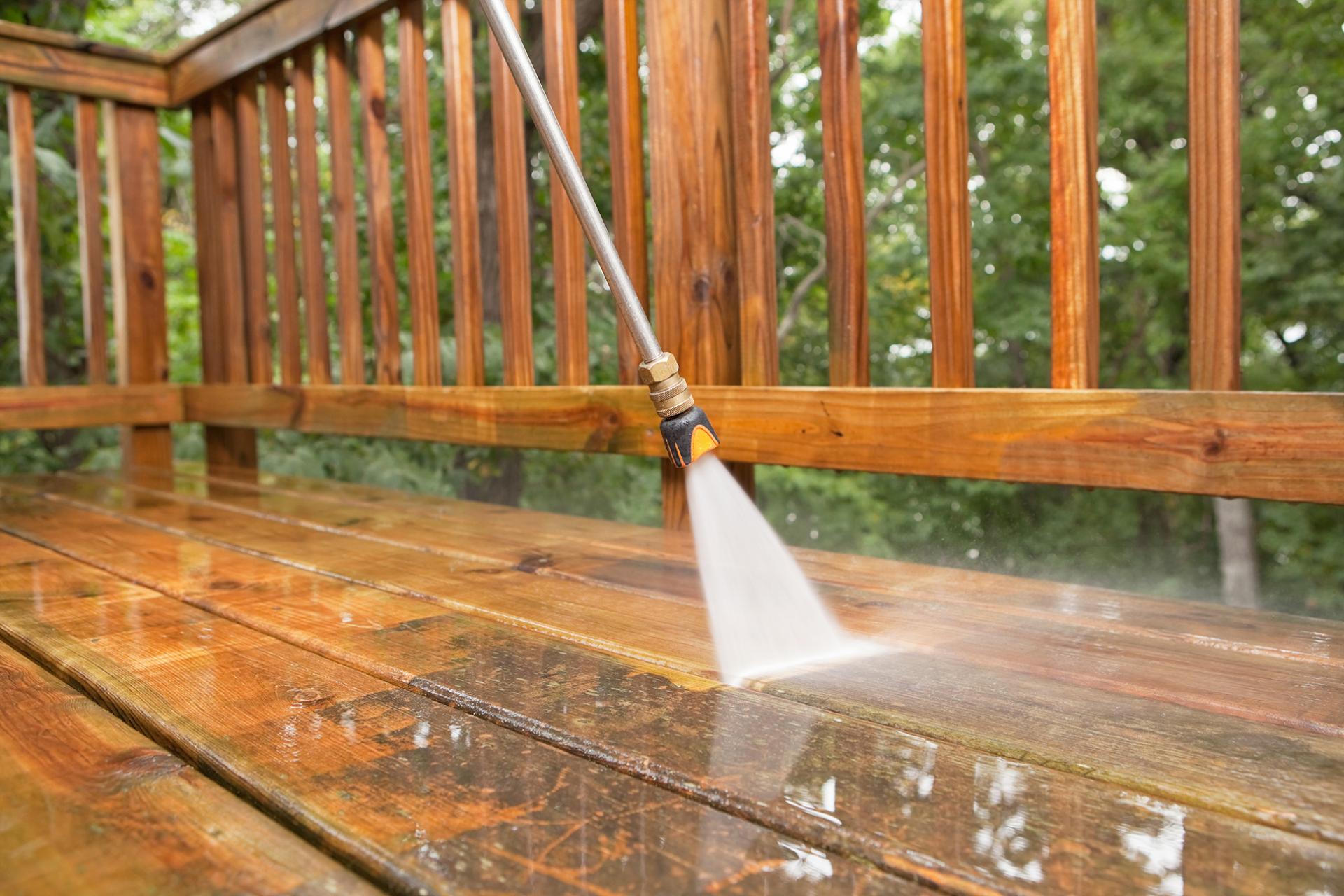Creating A Concrete Patio: A Diy Guide Depending on your location, you might spend a lot more or a lot less as you figure out how to build a patio to your style. Pack the sand or stone dust into place with either an ice scraper or a mason's trowel like the one we used. When all the joints are full, sweep any of the excess off the patio, then rinse the surface with a gentle spray of water from a garden hose. Avoid spraying a strong stream right into the joints because this will flush out the packed sand or stone dust. You’ll need about 4-1/2 bricks for every square foot, assuming an average sized 4 x 8-in. It’s difficult to figure the exact amount of brick needed for an irregularly shaped patio like this, so order about 15 percent extra. After your paver patio is fully laid and the edges are secured, it’s time to fill the gaps between the pavers with sand. Use polymeric sand, which hardens when wet to lock the pavers in place and prevent weed growth. Decide on the highest point of your patio and raise the form to that level. Drive a deck screw through the stake and into the form to lock it in position. Use a 48-inch level or a laser level to ensure that the entire perimeter of the form is level. Double-check that the top edges of the form boards are level with each other. Use a trowel to level the sand in the nooks and crannies around the perimeter. When you run the compactor over the bricks to seat them in a later step, they’ll settle down flush with the stone.
Add the Sand Layer
Once you have figured out the location and know you won’t hit any cables, use stakes and string to make an outline of your patio’s area. The size and complexity of a patio determine how much time and work it will take to build. Before beginning the process, determine the necessary quantity based on the size of your patio. If necessary, seek professional guidance to ensure the building of a stunning and useful patio. Prioritize safety when working at heights on a patio renovation by using strong ladders or scaffolding.- That said, patio installation requires significant labor.You don’t have to take them down, so no storage hassles.For custom patios, Quikrete WalkMaker forms provide an innovative solution.
Step 3. Measure Slope To Allow For Patio Drainage
Contact Us
Clear View Builders
Email: [email protected]
Phone: +19164205862
4913 Rio Linda Blvd
Sacramento, California, United States 95838

